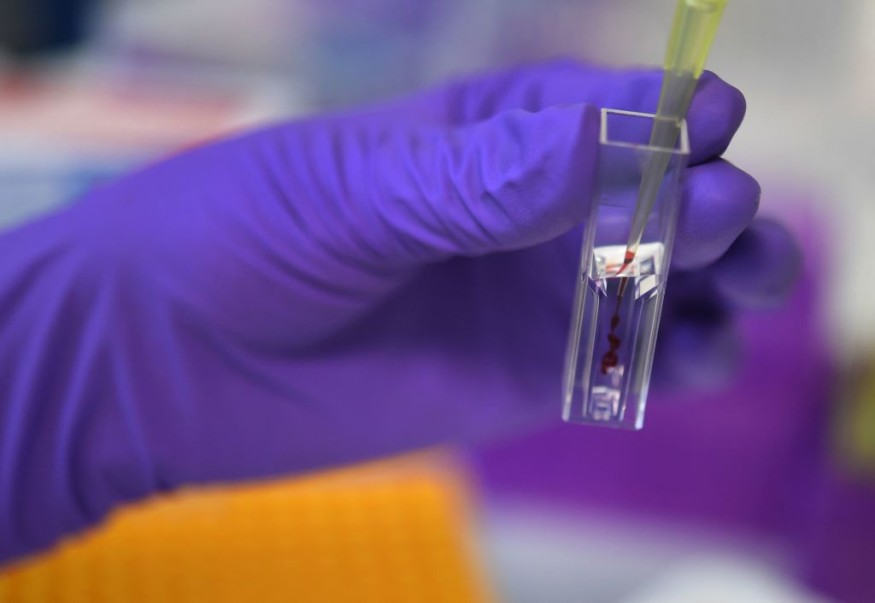Gene therapy has witnessed a slight glimpse of hope after a new study led by the University of Bristol in England, United Kingdom, created a so-called "DNA repair-kit" technology.
The international team of researchers involved in the study claimed that the new technology can rewrite genetic codes and potentially repair hereditary diseases.
The UK-based lead researchers successfully fixed a hereditary kidney disease affecting children and young adults through patient-derived kidney cells using the DNA repair-kit.
The research is still at its infancy in the wider field of genetic studies. Yet, the study signifies it could raise hopes for gene therapy in the future.
Hereditary disease consists of a variety of medical conditions that are passed onto an offspring through the genetics of their parents or related family members in their immediate bloodline.
Through genetic codes, physiological and biological features of predecessors serve as an imprint of their appearance and health features.
For years, geneticists and other experts in related fields have engaged in a scientific quest to alter harmful or undesired genes, which have been considered before to be unavoidable or untreatable.
However, a growing body of academic literature shows genes can be changed through gene editing or genetic engineering.
Hopes for Gene Therapy

In the paper published in the journal on Nucleic Acids Research on July 8, the University of Bristol scientists targeted genetic mutations, which are the primary causes of hereditary diseases.
In particular, their study described how the DNA repair vehicle can fix a faulty genetic code called podocin.
Podocin is a protein normally located in the surface of specialized kidney cells and an essential kidney function.
Meanwhile, a faulty podocin is a common cause of the inheritable Steroid Resistant Nephrotic Syndrome (SRNS).
The difference between the health and unhealthy podocin is that the latter is stuck inside the kidney cell and never reaches the surface, which results in the terminal damage of podocytes.
Rewriting Genetic Codes
The DNA repair-kit consists of protein-based scissors and nucleic acid molecules, along with DNA sequences to guide them replace the faulty gene, achieving the feat of what is known as rewriting genetic codes.
The National Human Genome Research Institute describes a genetic code as a set of instructions within the gene that tells a cell how to make protein.
Each code uses the four nucleotide bases of genetic letters of DNA such as: adenine (A), cytosine (C), guanine (G), and thymine (T).
What is a Hereditary Disease?
Multiple studies, as compiled by the Walsh Medical Media, a peer-reviewed research site, showed that hereditary diseases are gene-based disorders passed from one generation to another.
The transfer of these conditions is made possible through a faulty or defective gene.
These genetic disorders are only transmitted in the same family.
In humans, the linear transmission from parent to offspring is caused by the chromosomes present in humans.
In the field of biology, chromosomes not only determine the biological sex of an individual but is also responsible for passing the genetic traits down the evolutionary ladder.
© 2026 NatureWorldNews.com All rights reserved. Do not reproduce without permission.





